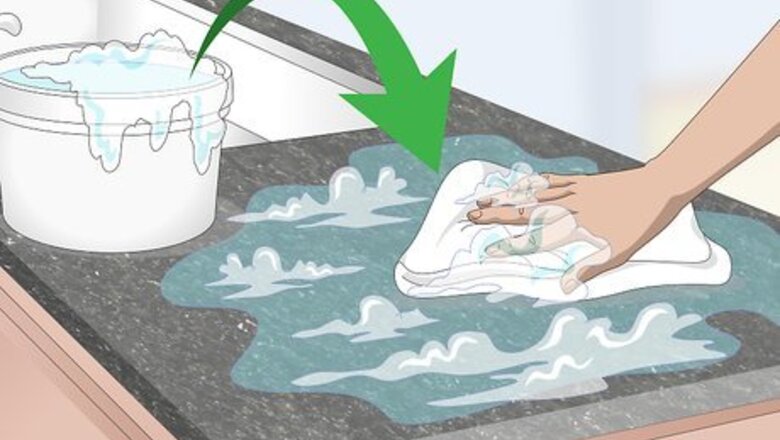
views
Buffing out a Light Scratch
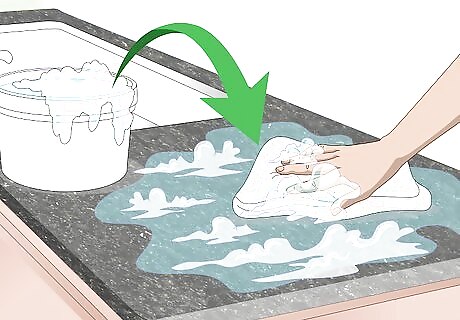
Clean the plastic. Take a clean, damp cloth and dip it into some warm, soapy water. Gently rub it in a circular motion all around the scratch. This will remove any dirt and grease, making it easier to get rid of the scratch. Dry the area with a clean, dry cloth when you’re done. You can use a microfiber towel.
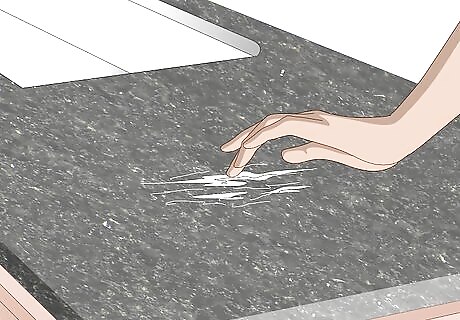
Run a fingernail over the scratch to check its depth. Shallow scratches can often be buffed out. Run your fingernail across the scratch. If it “catches” in the groove, then it is too deep to be buffed out. Deep scratches can only be removed by other methods.
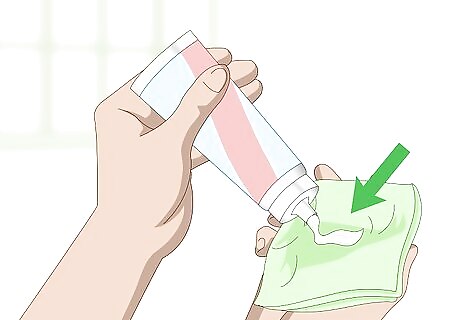
Apply toothpaste to a damp cloth. A mild abrasive, like toothpaste, helps wipe the scratch away. Use a paste variety, not a gel one. You won’t need to put much on the cloth. Just use enough that you can smear it all over the scratch. Instead of toothpaste, you could also try: Furniture polish. Commercial plastic polish. Baking soda. Take a couple spoonfuls and mix in enough drops of water to form a smooth paste.

Wipe the cloth in a circular motion over the scratch. Go over the whole scratch, from one end to the other. This buffing action is what can rub the scratch out of the plastic. Keep buffing until the scratch disappears.
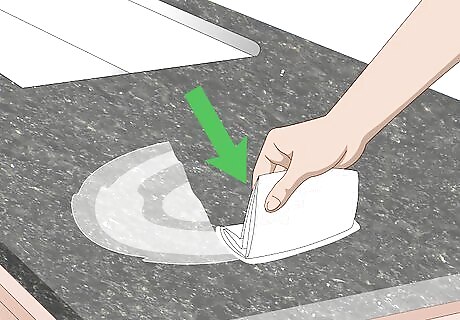
Clean and dry the area. When you’re done, wipe the area with a fresh damp cloth to remove the paste and residue. Then, take a clean cloth and wipe everything down to dry it.
Removing a Deep Scratch
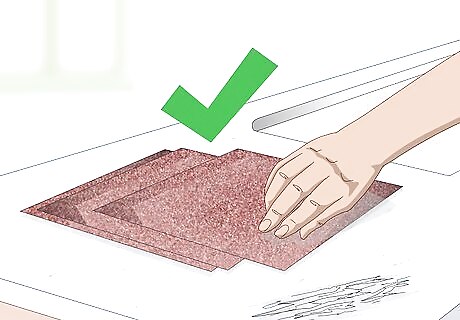
Get several grades of sandpaper. If the scratch is thick enough to “catch” on your fingernail, you can try sanding it out. To do this properly, though, you’ll need to have several grades of sandpaper, from 800 grit to 1500 or even 2000. Higher numbers indicate finer sandpaper. You can find sandpaper at any store that sells hardware supplies. You can often find it in assorted packs so you don’t have to buy a separate pack for each grade.
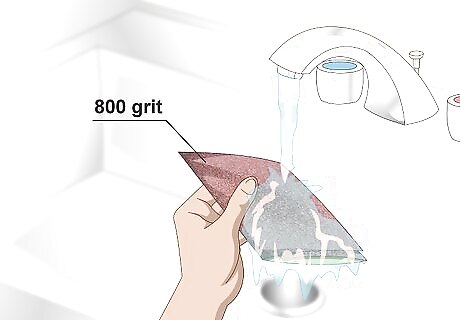
Start by wetting some 800 grit paper. Take a piece, and fold it in thirds. This will give you a smaller surface to work with, and make it easier to hold the paper. Run some water over the sandpaper. It’s very important to wet the sandpaper--this helps it from becoming too abrasive, and also helps clear away grit and dust as you work.

Rub the sandpaper over the scratch in a circular motion. The buffing motion combined with the abrasiveness of the sandpaper can help remove many scratches. Work gently, however. Being too forceful can cause new scratches. Keep buffing until the scratch disappears.
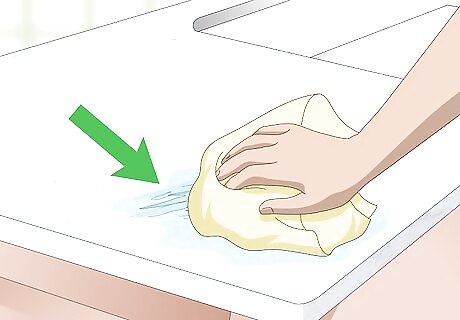
Clean the area. Use a fresh, damp cloth and wipe down the area you’ve been working on. Take a new, clean cloth and run it over everything until it's all dry.
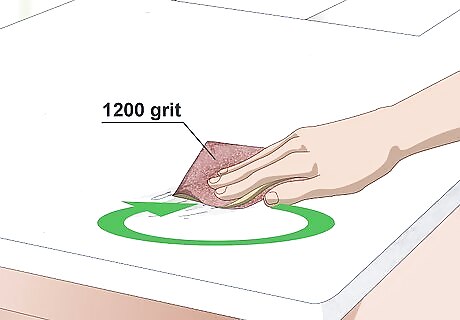
Use finer grit sandpaper if necessary. Examine the scratch area. It should look different, and the scratch may have been removed. If it’s still visible, however, you can try rubbing it again with a finer grade of sandpaper. Try 1200 grit, for instance, and follow the same procedure as before. Make sure to wet the sandpaper each time, and to work gently. If 1200 grit doesn’t work, move up to an even finer grade (like 1500), and so on.

Polish the area. Once the scratch is fully removed, polishing the area will make everything look like new. Get some commercial plastic or acrylic polishing compound and place some on a clean cloth. Wipe the whole plastic area to blend everything in. Then take a clean cloth and wipe off the excess. You can find plastic polishing compound at most big-box stores, either in the auto supply or home cleaning sections.
Covering up Scratches on Car Plastic
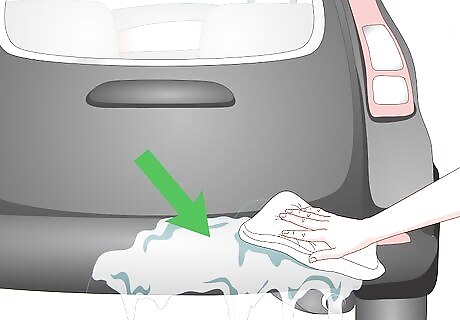
Clean the scratch area. Use a damp cloth dipped into warm water mixed with mild detergent. Rub the cloth over the scratch and surrounding area to remove any dirt and grime.
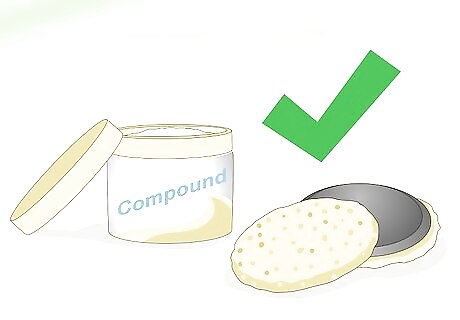
Get a buffer pad and buffing compound. These supplies can be found at hardware stores, and some auto supply stores. The buffer pad can be attached to any regular electric drill. The buffing compound helps it rub out the scratch.
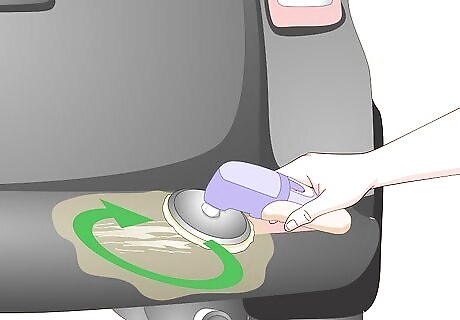
Rub the scratch out by using a drill and buffing pad. Attach the buffing pad to an electric drill. Apply a small amount of buffing compound to the pad (follow the instructions on the product). Turn the drill on and gently work the pad over the entire scratch area.
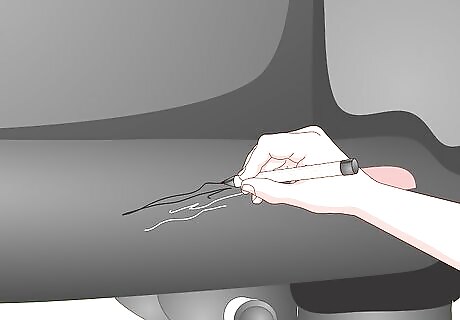
Use a touch-up pen, if necessary. If the scratch is deep, a touch up pen will hide the problem further. Look up the correct paint code for your automobile (check the owner’s manual or look for a label on the car). Find the matching touch-up pen at an auto supply store. Most of the time, all you have to do is draw the pen over the scratch, and paint will be applied. Let the area dry before continuing.
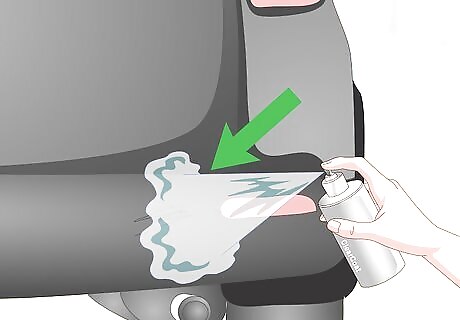
Apply clear coat to the area. Clear coat helps blend the buffed area back in with the rest of the plastic. That way, you won’t be able to tell there had been a scratch. You can find clear coat at auto supply stores. Follow the instructions provided with the product. If it’s just a small scratch, you can probably just paint the clear coat on the area. Work in a well-ventilated area.

Polish the area with car wax. Once you’re done and everything’s dry, get some regular car wax. Use a clean cloth or polishing pad, and buff the entire area with wax. This final step will help make your car look as good as new.

















Comments
0 comment